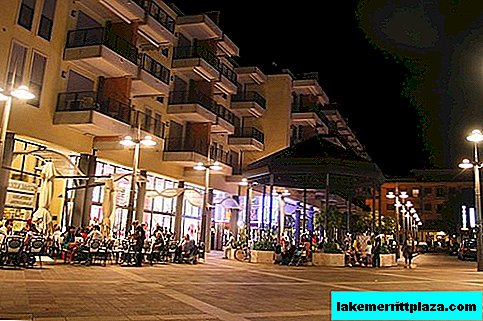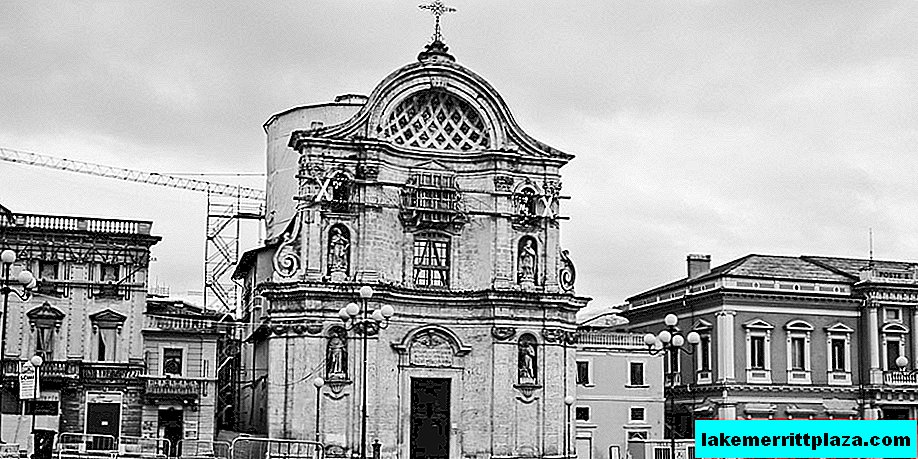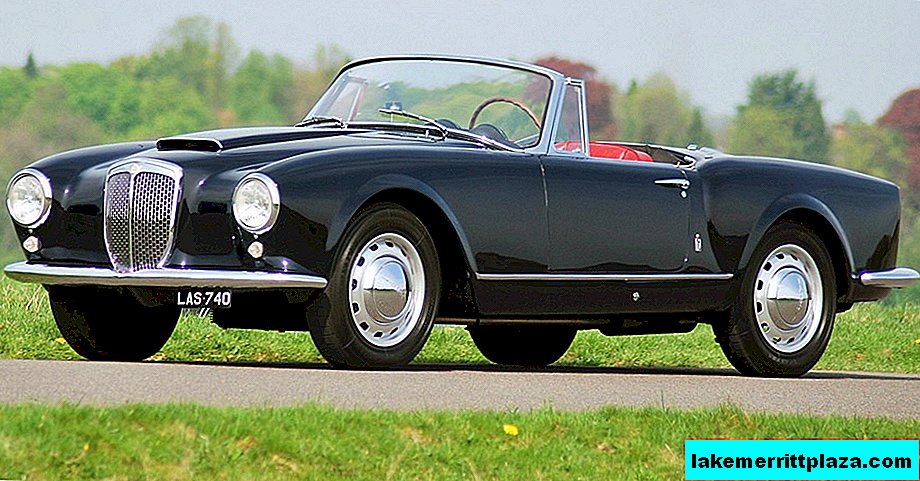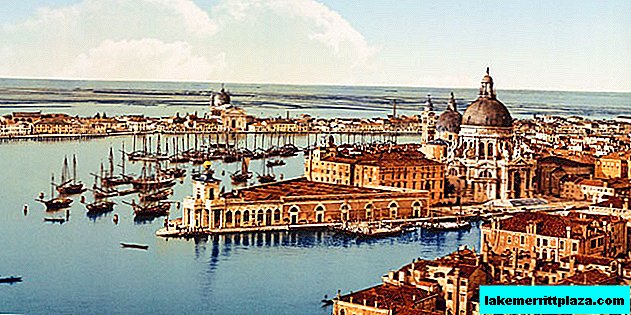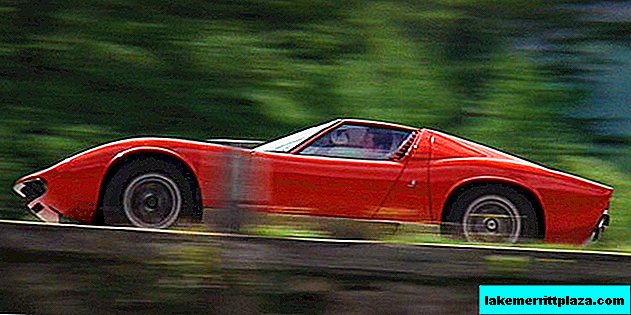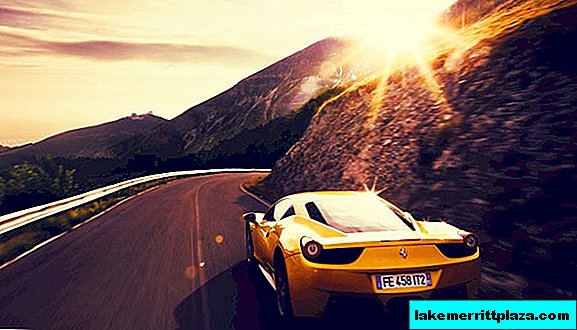The square of Spain is always crowded. Tourists buy ice cream, sit down on the stairs, eat and enjoy the beautiful view. Nearby are many shops and boutiques. A cute fountain adds a twist to this place.
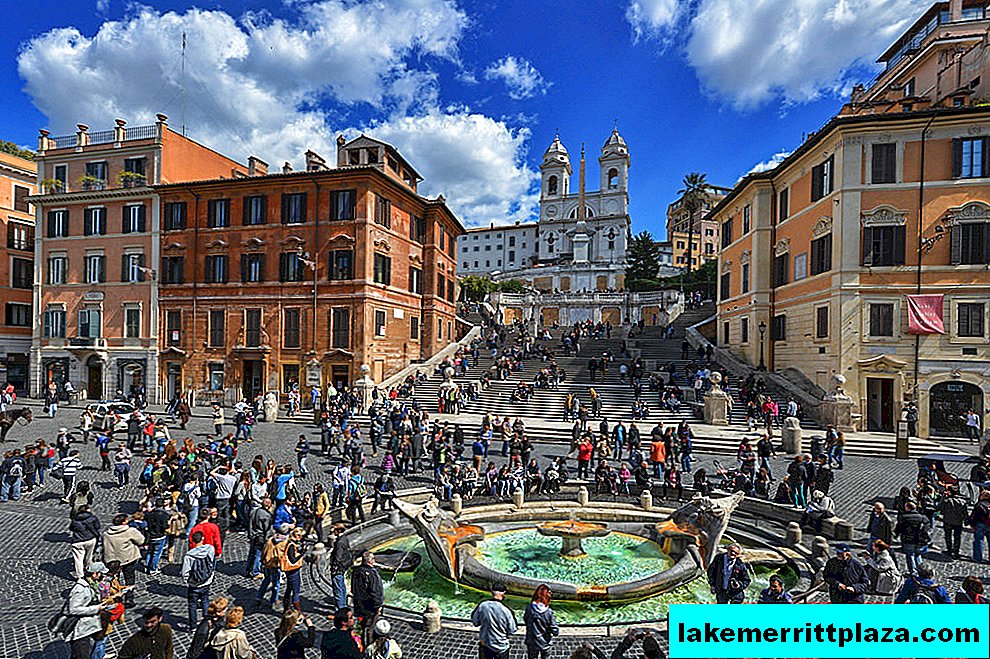
Plaza de España (Piazza di Spagna), photo by sergio
Piazza di Spagna is one of the most comfortable and elegant squares in Rome, a collection of architectural masterpieces and historical monuments. Throughout its history, it has been the refuge of foreign visitors to the capital, many hotels were built here. In the XVI century, on the orders of Louis XII, the church of Trenita dei Monti was even built for the French. Since the 17th century, the Spaniards began to settle on the square.
The shape of the square is unusual. This is a combination of 2 figures - a triangle and a trapezoid. Around are beautiful buildings of the 18th century. In spring, flower exhibitions are held here, and in winter theater shows.
Embassy of Spain
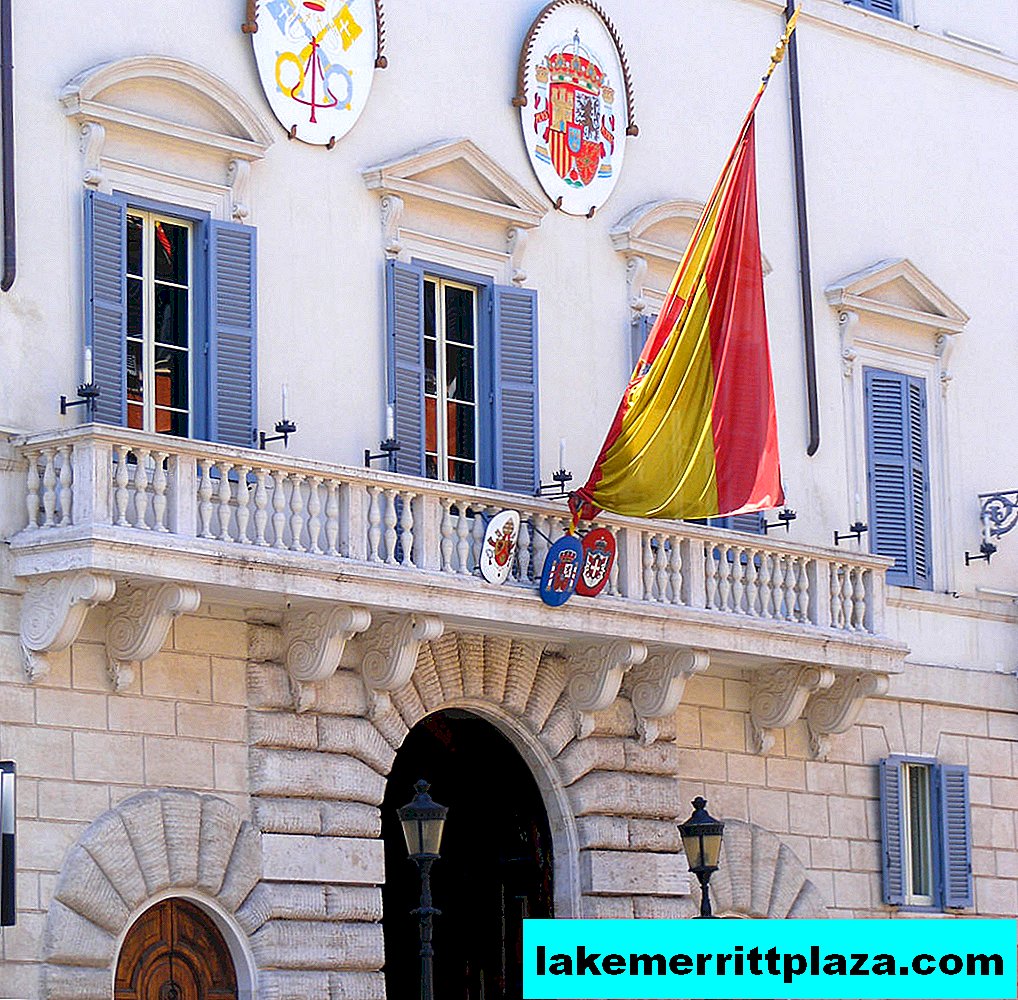
Palace of Spain (Palazzo di Spagna), photo by Mattes
The square received an unusual foreign name from the palace of Spain located on it (Palazzo di Spagna), the former residence of the Spanish ambassador to the Vatican, and now the Spanish embassy. To accommodate the embassy in 1622, the magnificent palace of Monaldeschi was acquired.
Spanish Steps
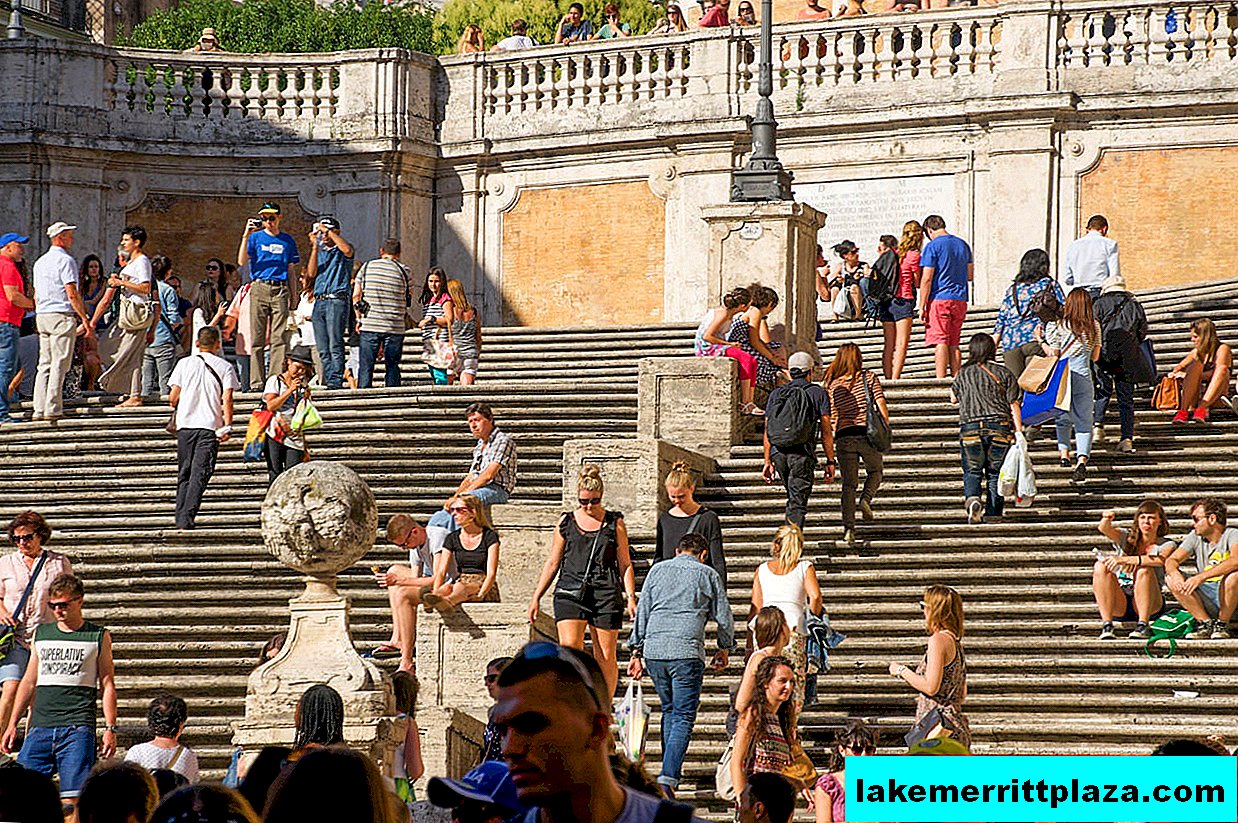
The stairs are very crowded
The dominant square is the Spanish Steps. Its real name is the Staircase to the Temple of Trinità dei Monti (Scalinata di Trinità dei Monti). This magnificent building of the Baroque era was built by testament and at the personal expense of the French diplomat Etienne Gaffier, who wanted to smooth out tensions between France and Spain. The staircase was to connect the church of Trinita dei Monti, the stronghold of the French monarchy in Rome, and Spanish Square.
Cardinal Mazarin decided that a statue of Louis XIV should be installed upstairs in front of the temple. This project seemed to the Pope tactless in relation to Italy, and until 1714 the construction was "frozen". Only in 1725 a staircase was nevertheless built. The authors of the project were Alessandro Speccy and Francesco de Sanctis. Its lilies, the heraldic symbols of the French Bourbon dynasty, and the papal eagle and crown decorated it. The idea with a statue of Louis was abandoned by then.
Today, the Spanish Steps are a recognizable landmark in Rome. In winter, the wide steps turn into a stage for Christmas scenes. In summer, Haute couture shows (or "Alta moda" in Italian) take place on its steps.
Many could see the famous staircase in the cult film Roman Vacations.
Church of Santa Trinita dei Monti
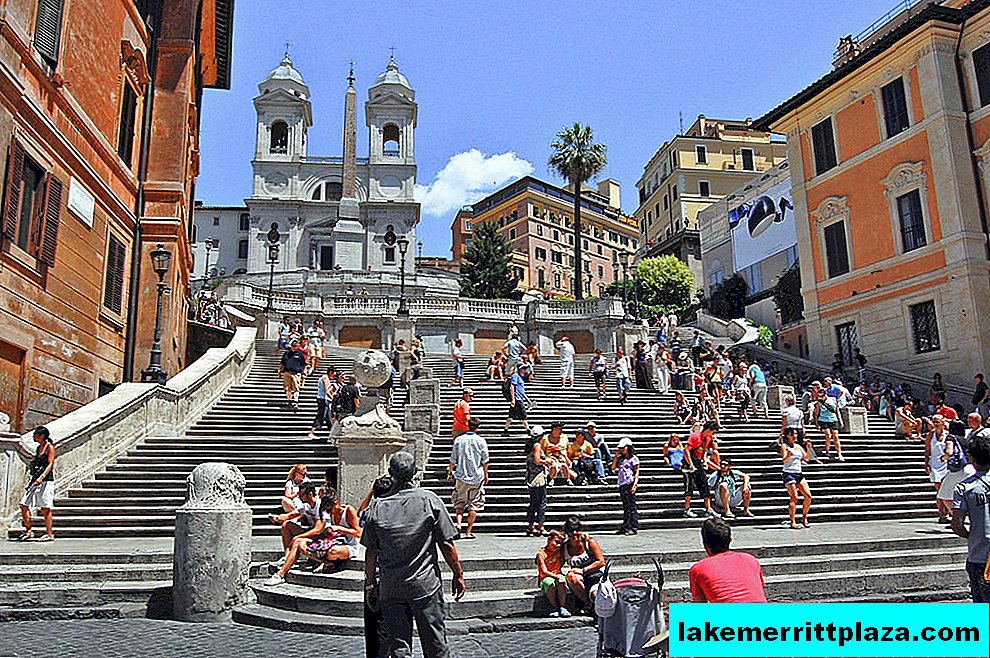
Trinita dei Monti Church and the Spanish Steps
138 steps of smooth travertine steps of different widths lead from the square to Santa Trinita dei Monti (Chiesa della Trinità dei Monti), a titular church with two tall towers - the Campanials (years of construction 1502-1585). The patrons of this temple were the kings of France, with whom the Spanish rulers were related.
Inside is the famous fresco of the Descent from the Cross (1541). In 1789, the Antique Obelisk was erected in front of the church, which was delivered from the gardens of Sallust. This is a Roman imitation of an Egyptian obelisk.
Barcaccia Fountain
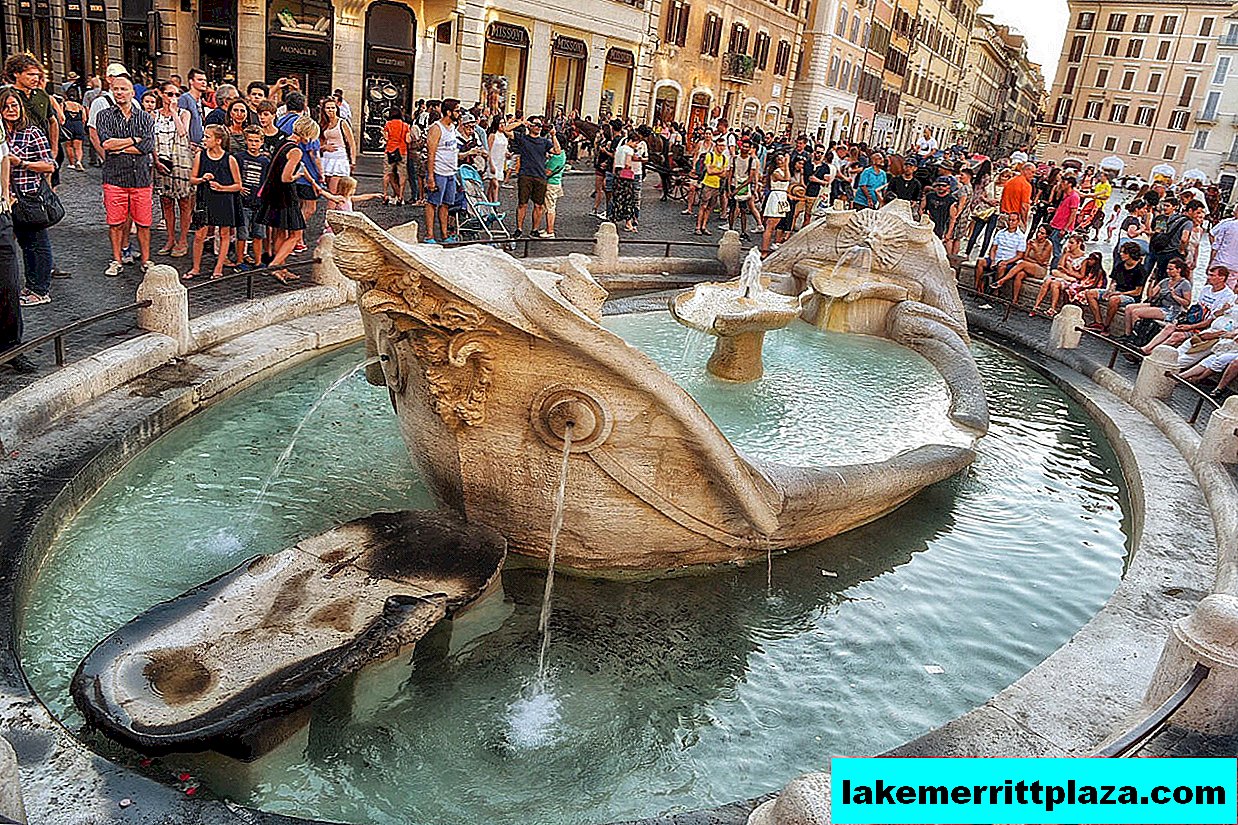
Fountain Boat (Fontana della Barcaccia), photo by Kevin Chien
At the foot of the Spanish Steps is the famous Fontana della Barcaccia Fountain (Boat) by Pietro Bernini, created in 1627-29. The fountain is made in the form of a sinking ship. Water flowing around a flooded boat creates an optical illusion of movement. The plot for the creation of the fountain was a legend that told about the remains of a fishing longboat thrown out by the spilled waters of the Tiber on the Italian coast.
Column of the Immaculate Conception
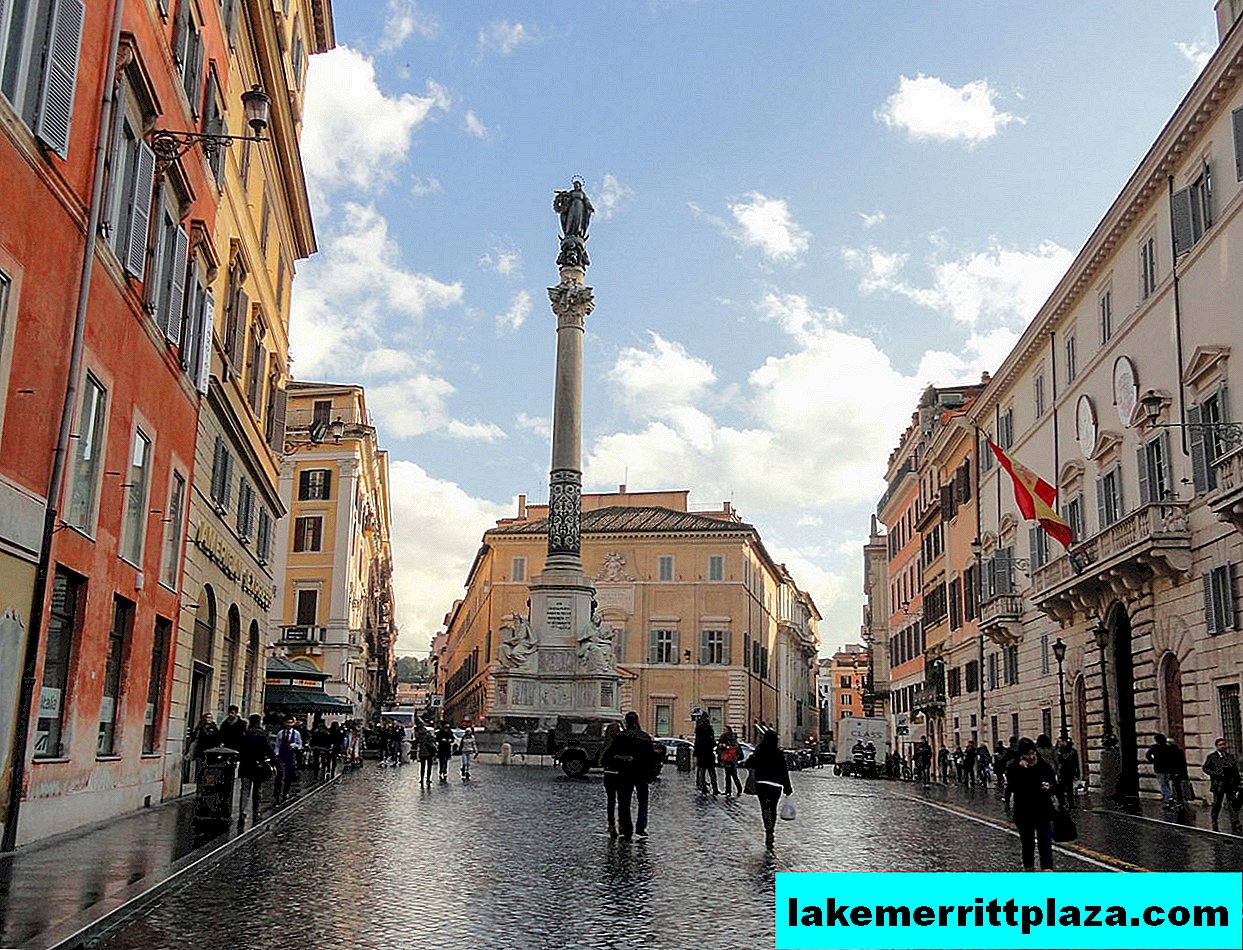
Immaculate Conception Column and Spanish Embassy (right), photo by Nelson Diogo
Next to the fountain of Barkaccia stands the magnificent palace of Di Propaganda Fide. This is the property of the Roman church. In front of him, on a marble pedestal, is an eleven meter column of the Immaculate Conception.
Plaza de Espana is the center of the Roman fashion quarter
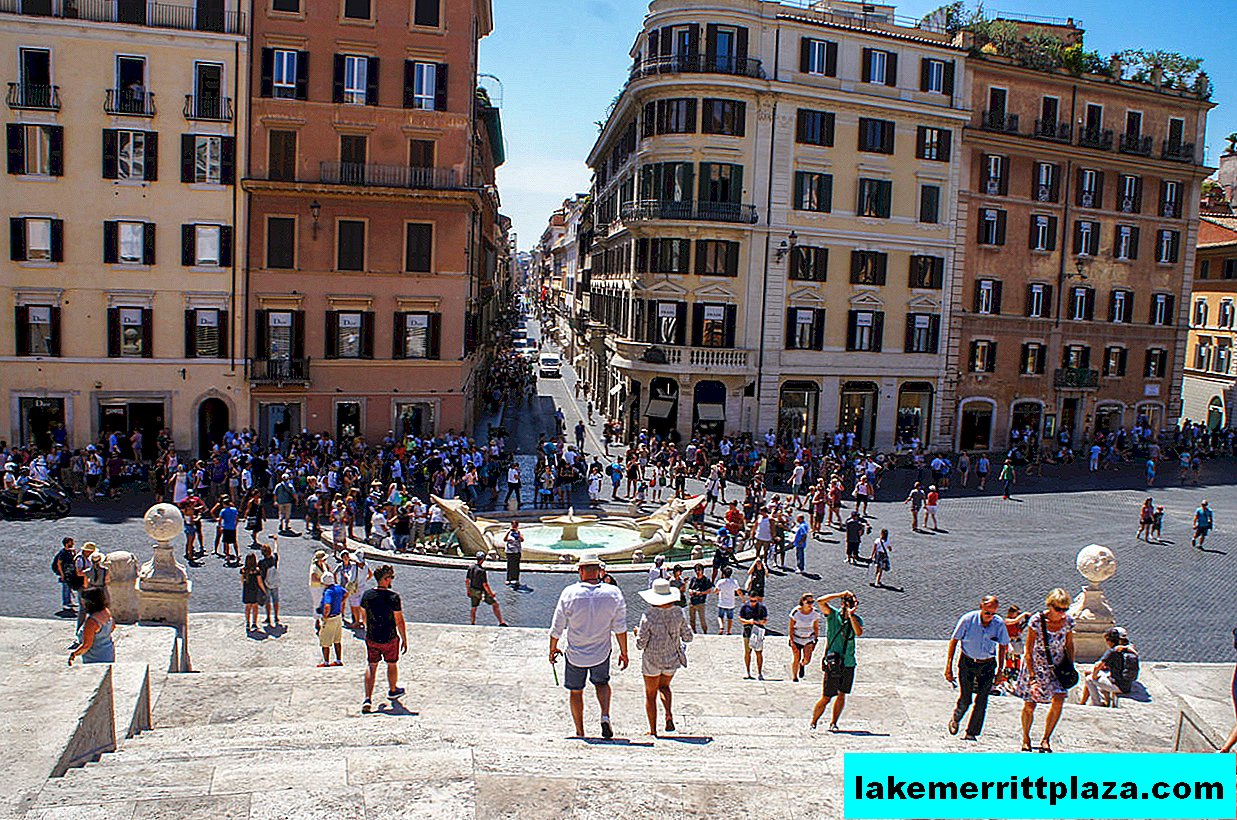
View of Via Condotti from the Spanish Steps, photo by Paulo Mamede
Piazza di Spagna has become the recognized center of the Roman fashion quarter. From it begins the historic Via dei Condotti street, in the boutiques of which the most famous fashion brands of Italy and the world are represented.
How to get there
Take line A metro to Spaqna Station.

